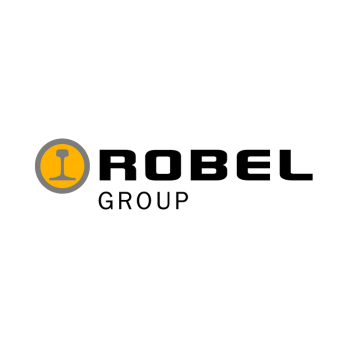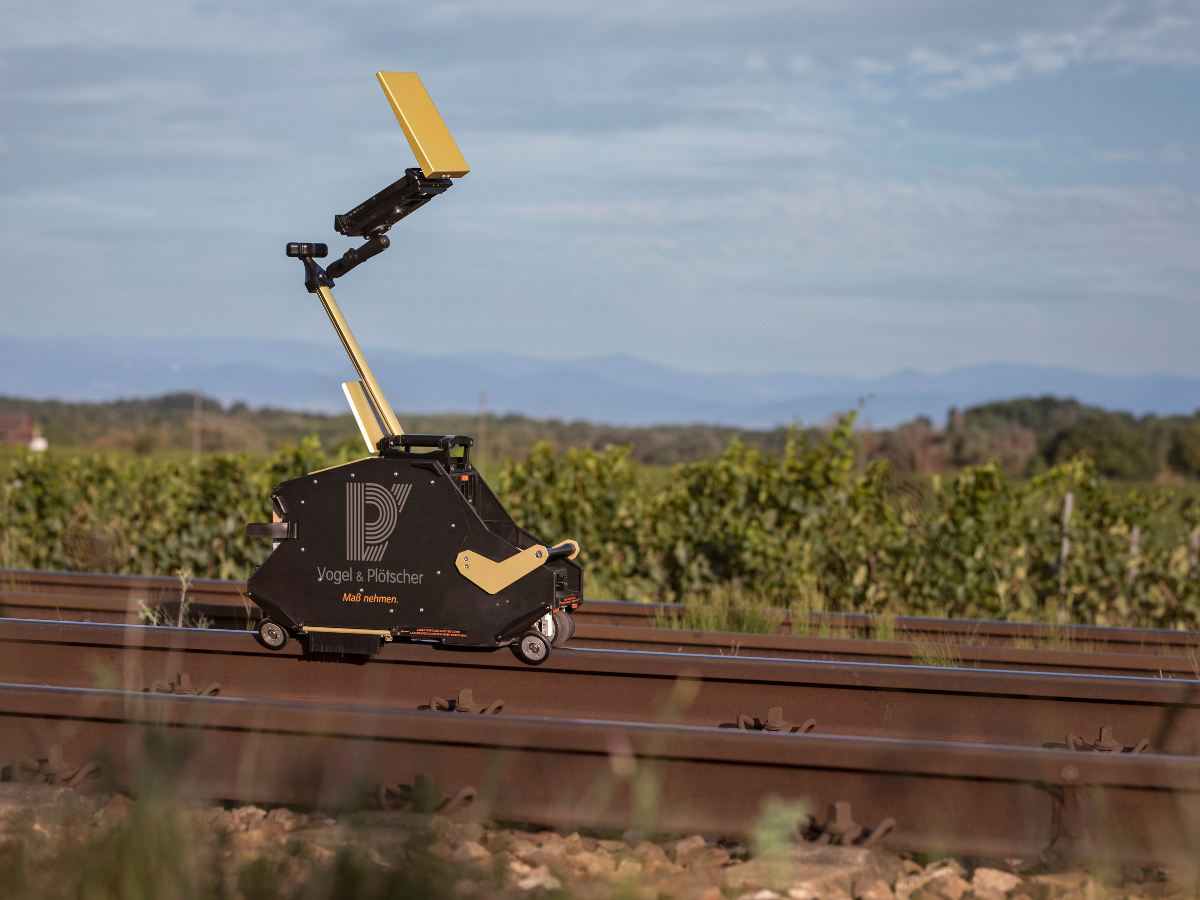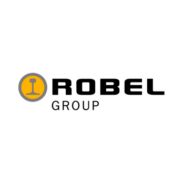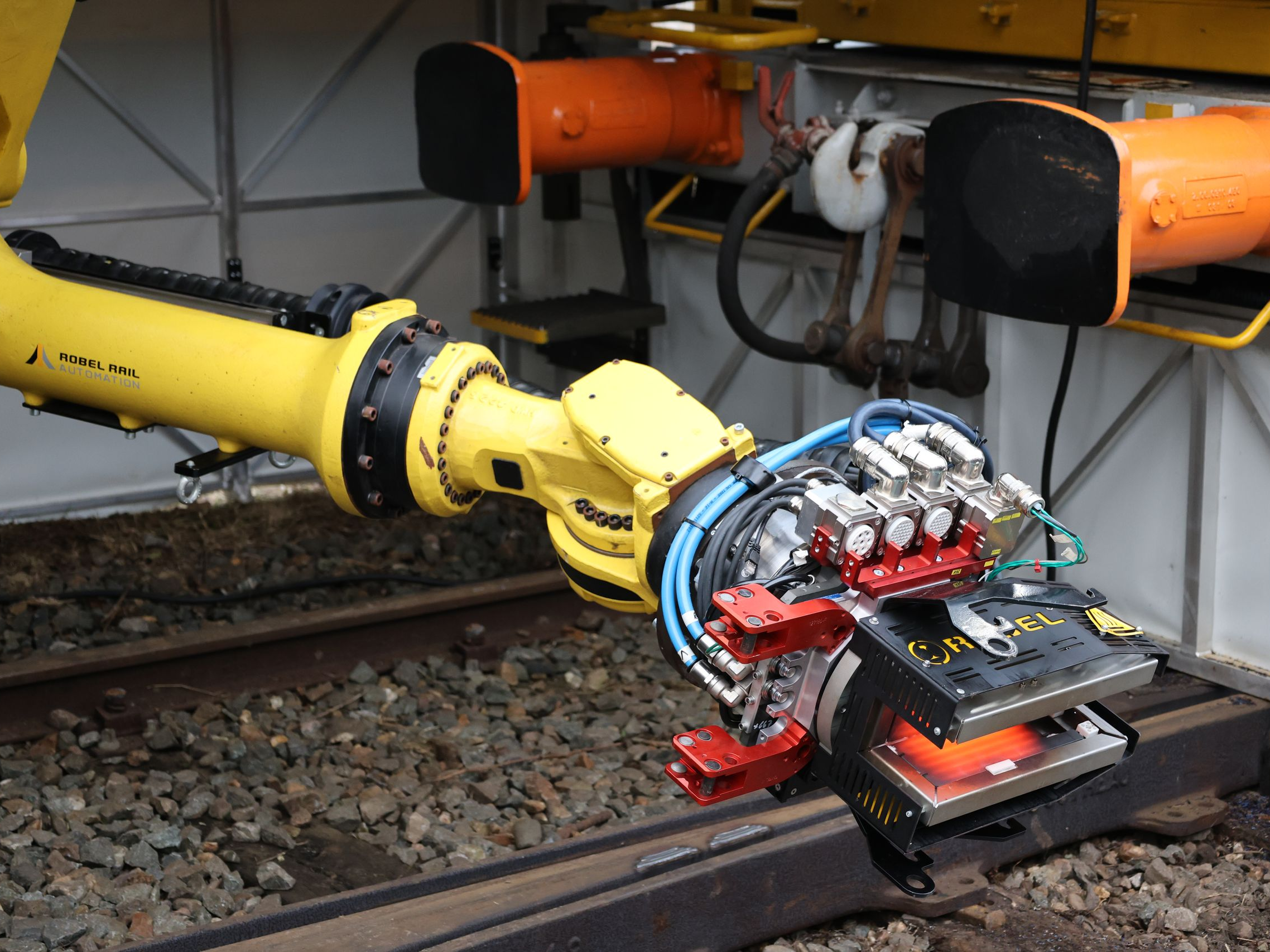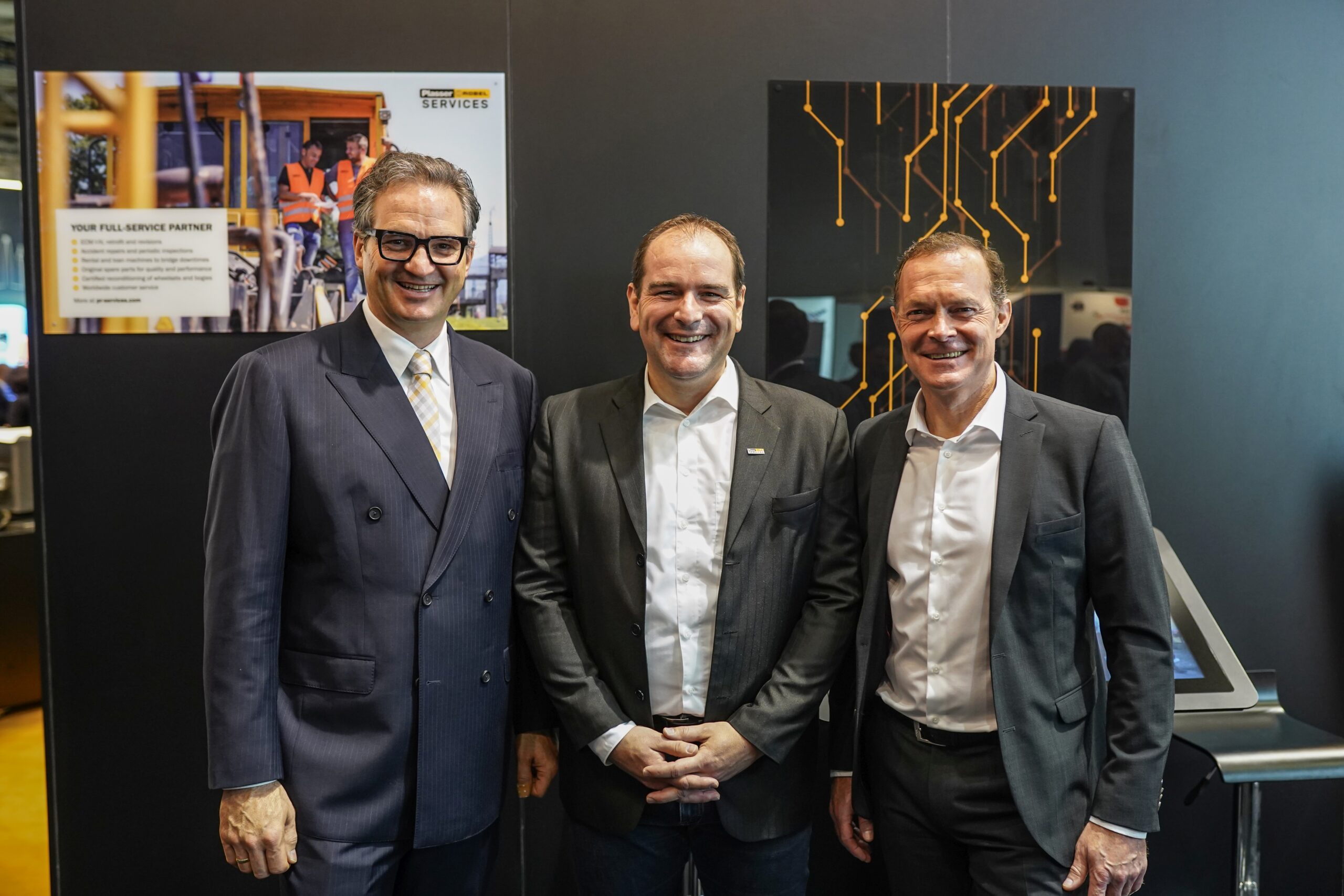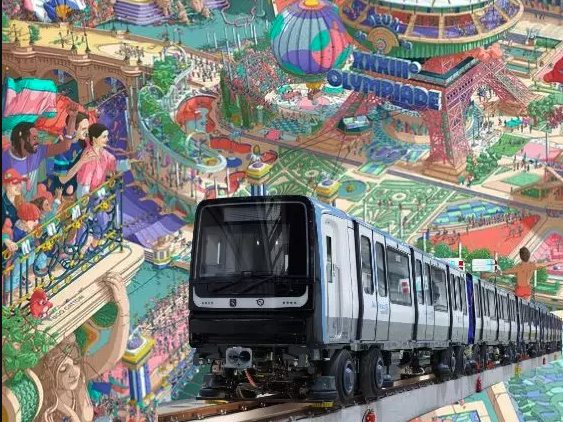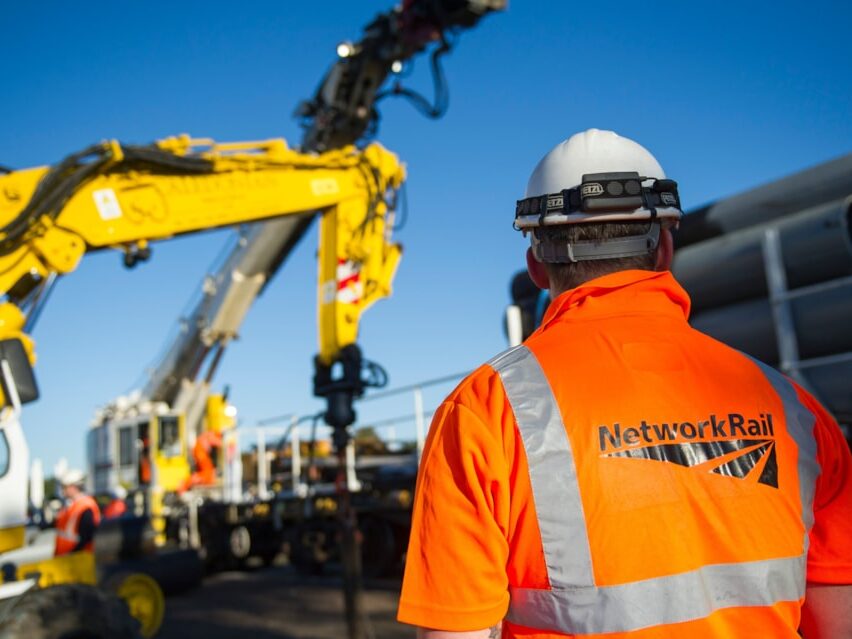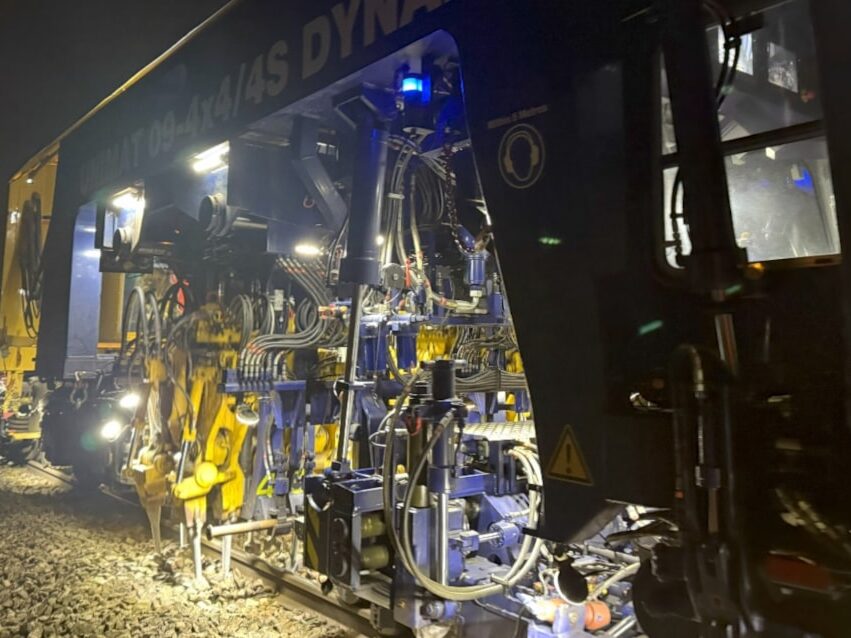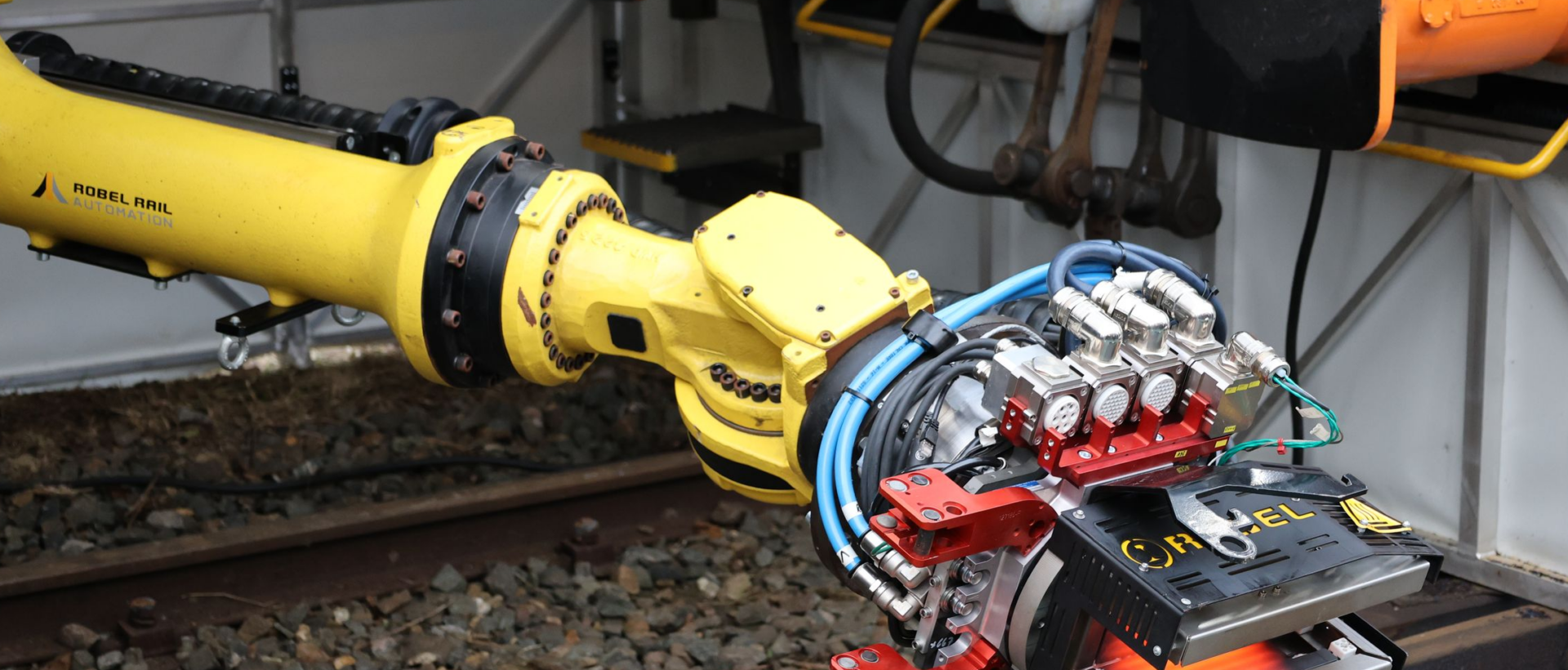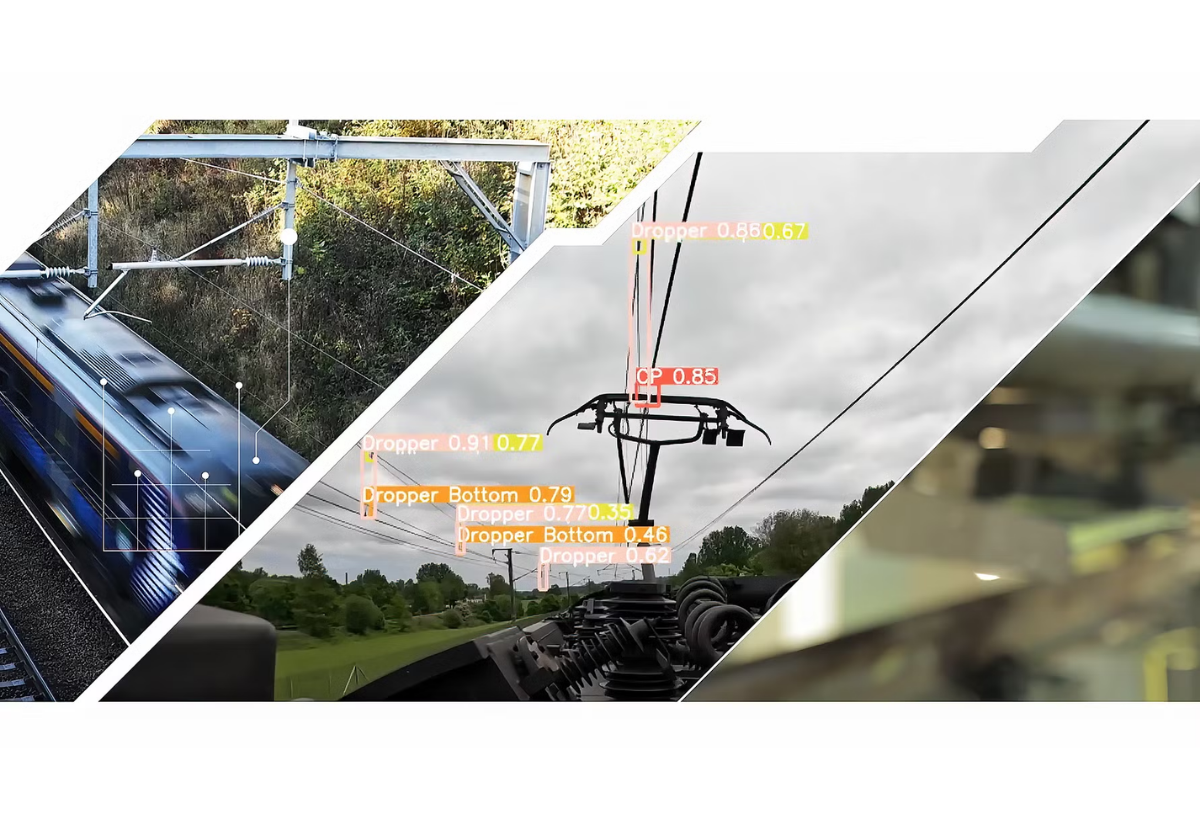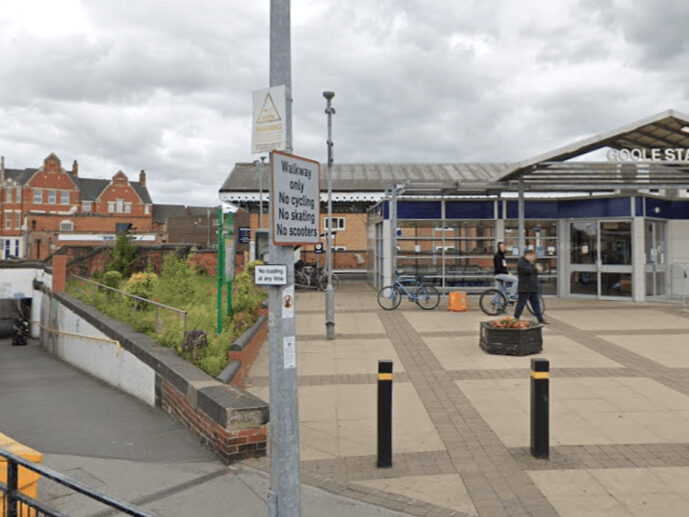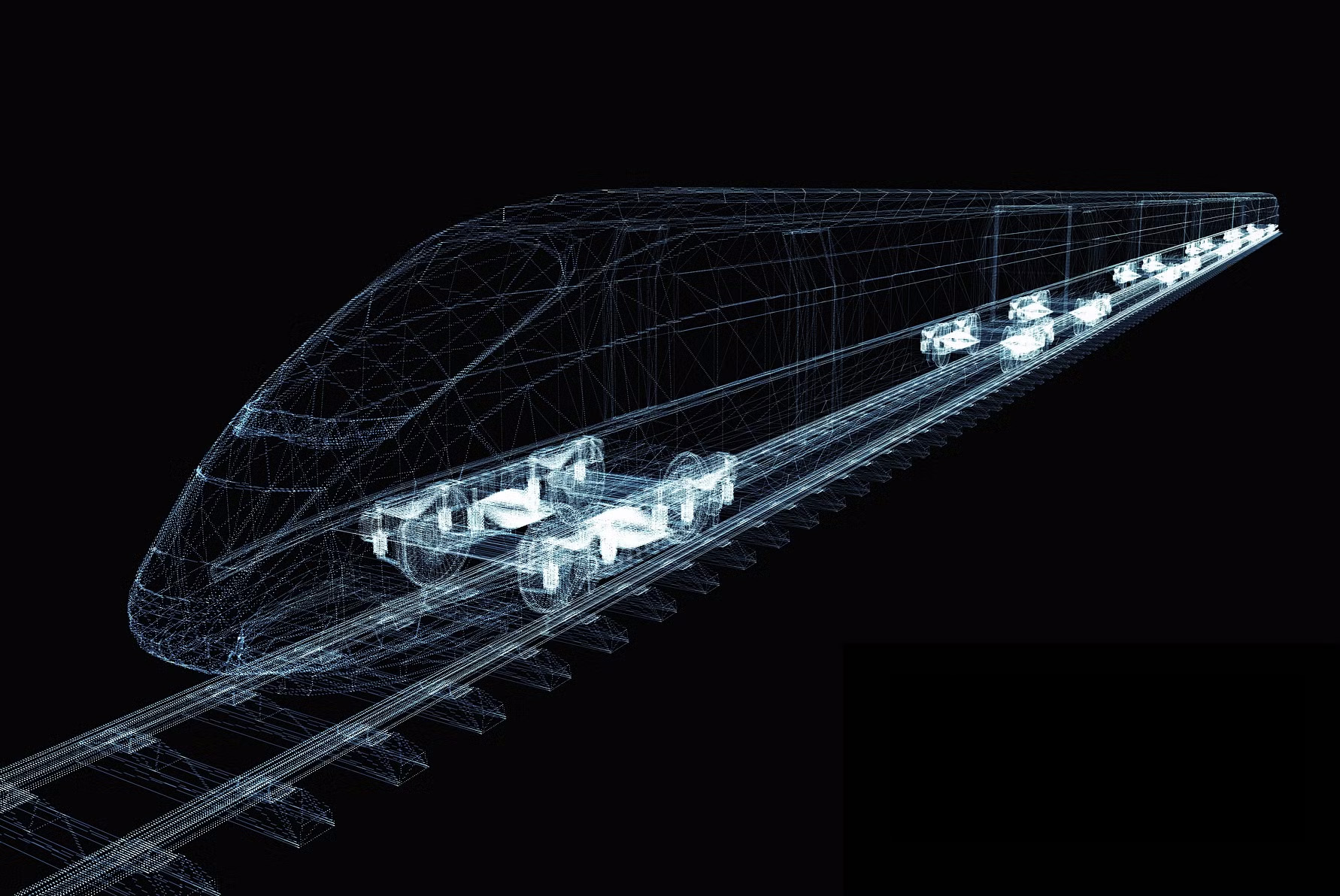Railways are the backbone of modern transportation, but keeping them in top shape is becoming a major challenge.
With growing traffic, shorter maintenance windows and a shrinking workforce of skilled rail welders, infrastructure managers are under pressure to maintain reliability and to decrease life cycle management cost.

An advanced robotic welding system is now proving that the future of railway maintenance is smart, efficient and fully automated.
Developed by ROBEL Rail Automation in collaboration with leading railway company ProRail and contractors Strukton Rail and Volker Rail, all from the Netherlands, this cutting-edge technology is set to change the game.
Why Automate Railway Maintenance?
Switches are one of the most high-maintenance components of railway infrastructure. They take a beating from constant train traffic, and when they fail, they cause major disruptions. Traditional maintenance methods are time-consuming, labor-intensive and depend on a workforce that is becoming increasingly difficult to find.
That’s where automation comes in. A fully robotic welding system offers:
- Unmatched precision: Robots don’t get tired or make mistakes. Every weld is executed with under millimetre accuracy.
- Faster maintenance: Shorter track closures mean fewer disruptions for passengers and freight.
- Safer operations: Reduced need for human workers in high-risk areas.
- Lower life cycle costs: Fewer emergency repairs by more preventive work.
The idea of robotic railway maintenance isn’t just a futuristic vision – it’s happening now.
Bringing Automation to Life: The First Real-World Tests
In November 2024, ROBEL Rail Automation applied its robotic welding system for testing in the Netherlands. In partnership with VolkerRail and Strukton Rail under the supervision of ProRail, the technology was put through its paces in real railway conditions.
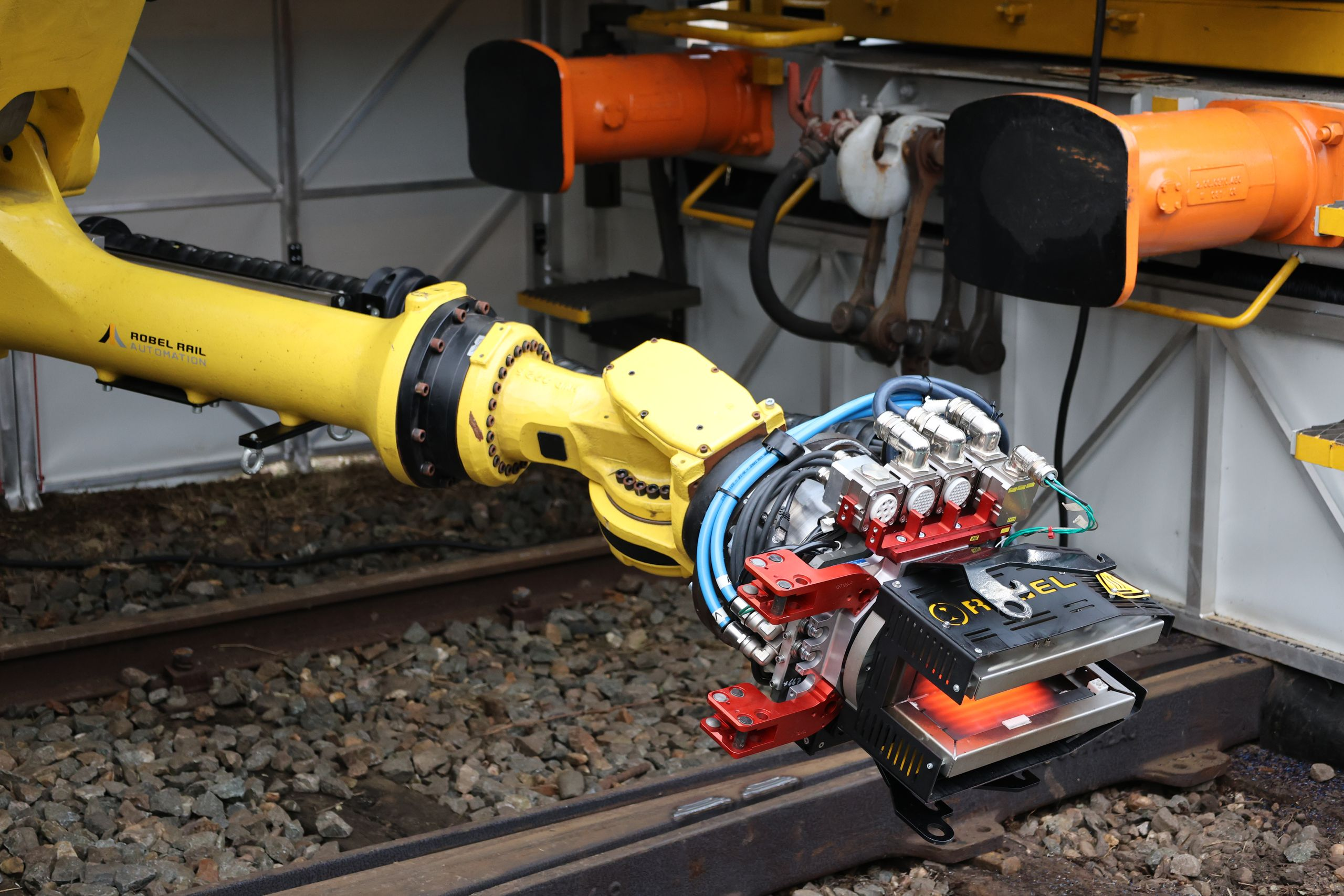
Housed in a dual-container unit on a flat wagon, this mobile system can be deployed anywhere on the network. During transport the robot system is characterised as load. In closed track the unit enfolds to a simple working unit performing the job in full shifts, in any weather, and is set to be operated by two workers.
How Does ROBOT Work?
- Scanning maps out the geometrical conditions of the rail or switch frog.
- Precision milling removes damaged material with incredible accuracy and speed.
- Preheating brings the metal up to the perfect welding temperature in minutes.
- Automated welding restores the track, applying layers of material with a flawless finish.
- Final profiling and inspection ensure that the rail geometry is restored, and everything is digitally documented.
A Game-Changer for Railways
The first real-world tests were a huge success:
- Perfect welds: The system delivered high-quality, durable welds on both carbon steel and manganese steel.
- Efficiency boost: A single switch frog repair can be completed significantly faster than with traditional methods.
- Minimal manpower: Only one operator was needed to oversee the process supported by one helper.
- Digital tracking: Every step was logged for full transparency and quality control.
This is more than just a cool tech demo – this is the future of railway maintenance, and it will prove its value in the life cycle extensions of the infrastructure.
What’s Next? Deepening the Experience and Scaling Up for Global Use
“The welding robot has future potential,” was one of the conclusions after the welding robot demo days at the Railcenter in Amersfoort.
As partnership is understood as a model to collaborate besides make or buy decisions, next tests and steps are on the way:
- Increasing technical readiness-levels to handle even more complex repairs.
- Expanding technological capabilities of achieving the right switch geometry based on pre-measurement data and a model-based approach.
- Teaming up for use in different railway networks worldwide.
- Connecting with digital monitoring systems for predictive maintenance.
- Simplified operation, making it even easier for railway teams to adopt and use.
ROBEL Rail Automation is now looking for partners and customers across Europe, the UK and beyond to bring this revolutionary system to more rail networks. The iaf trade show in Münster, Germany in May 2025 will be a perfect occasion to see ROBOT performing welding jobs in switch frogs and to initiate projects for the upcoming years.
The Future Is Automated
The railway industry is at a turning point. Traditional maintenance struggles to keep up with demand, but robotic automation is stepping in to bridge the gap. The first tests of this cutting-edge welding robot show that railway maintenance can extend the life cycle of critical infrastructure and be faster, safer and more reliable than ever before.
This article first appeared in the Railway-News Magazine Issue 1 2025. Download the full PDF version here.

